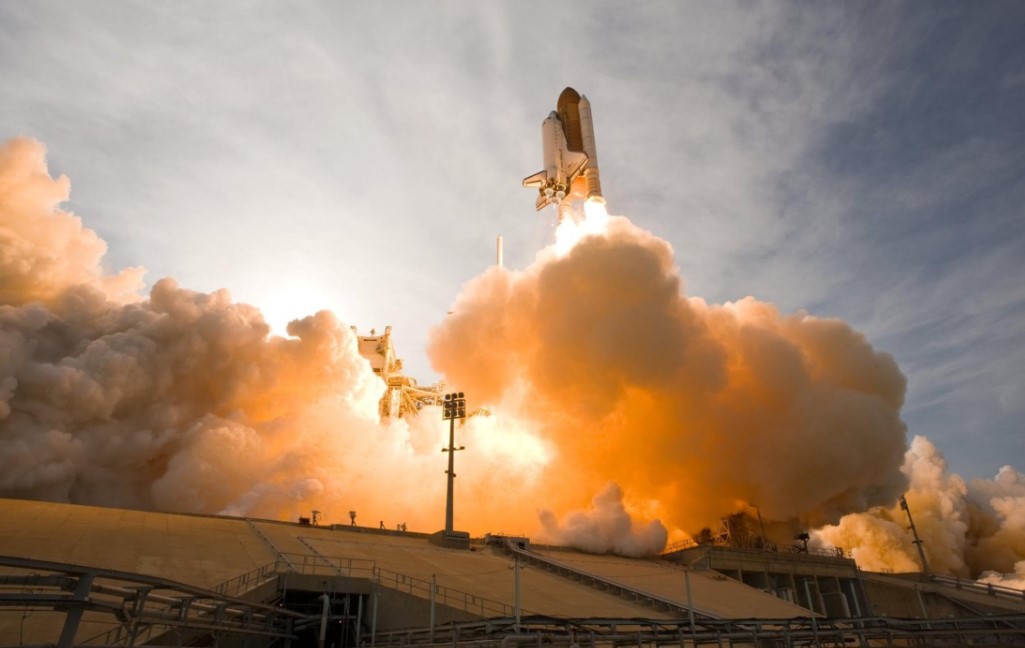In the aerospace industry, safety is a major and persistent issue. Thanks to nitrogen gas, inert atmospheres can be maintained, preventing the possibility of combustion. Thus, nitrogen gas is the ideal choice for systems, such as industrial autoclaves, that operate under high temperatures or pressure. Additionally, unlike oxygen, nitrogen does not easily seep through materials such as seals or rubber that are commonly found in various aircraft components. For large and expensive aerospace and aviation workloads, using nitrogen is the only answer. It is a readily available gas that not only offers several industrial and commercial benefits when it comes to manufacturing but one which is also a cost-effective solution.
How is Nitrogen Used in the Aerospace Industry?
Since nitrogen is an inert gas, it is especially suited to the aerospace industry. The safety and reliability of various aircraft components and systems is a top priority in the field since fires can pose a threat to all sections of an aircraft. Using compressed nitrogen gas to combat this obstacle is just one of the many ways it is extremely beneficial. Read on to discover a few more important reasons why and how nitrogen gas is used in the aerospace industry:
1.Inert Aircraft Fuel Tanks: In aviation, fires are a common concern, particularly in relation to the tanks that carry jet fuel. In order to minimize the likelihood of a fire occurring in these aircraft fuel tanks, manufacturers must reduce the risk of flammability exposure by using fuel inerting systems. This process involves preventing combustion by relying on a chemically un-reactive material such as nitrogen gas.
2.Shock Absorbing Effects: Undercarriage oleo struts or the hydraulic devices used as shock absorber springs in the landing gear of an aircraft feature an oil-filled cylinder that is slowly filtered out into a perforated piston during compression. Typically, nitrogen gas is used in shock absorbers to optimize damping efficiency and prevent oil ‘dieseling’ upon landing, unlike if oxygen was present. Additionally, since nitrogen is a clean and dry gas, there is no moisture present that could lead to corrosion. Nitrogen permeation during compression is greatly reduced when compared to air that contains oxygen.
3.Inflation Systems: Nitrogen gas contains non-flammable properties and is, therefore, well-suited for the inflation of aircraft slides and life rafts. The inflation system works by pushing nitrogen or a mixture of nitrogen and CO2 through a pressurized cylinder, regulating valve, high-pressure hoses, and aspirators. CO2 is typically used in conjunction with nitrogen gas to ensure that the rate at which the valve releases these gases does not happen too quickly.
Aircraft Tire Inflation: When inflating aircraft tires, many regulatory agencies require nitrogen gas to be used. It provides a stable and inert atmosphere while also eliminating the presence of moisture within the tire’s cavity, preventing oxidative degradation of the rubber tires. Using nitrogen gas also minimizes wheel corrosion, tire fatigue, and fires as a result of brake heat transfer.
Post time: Nov-28-2021


